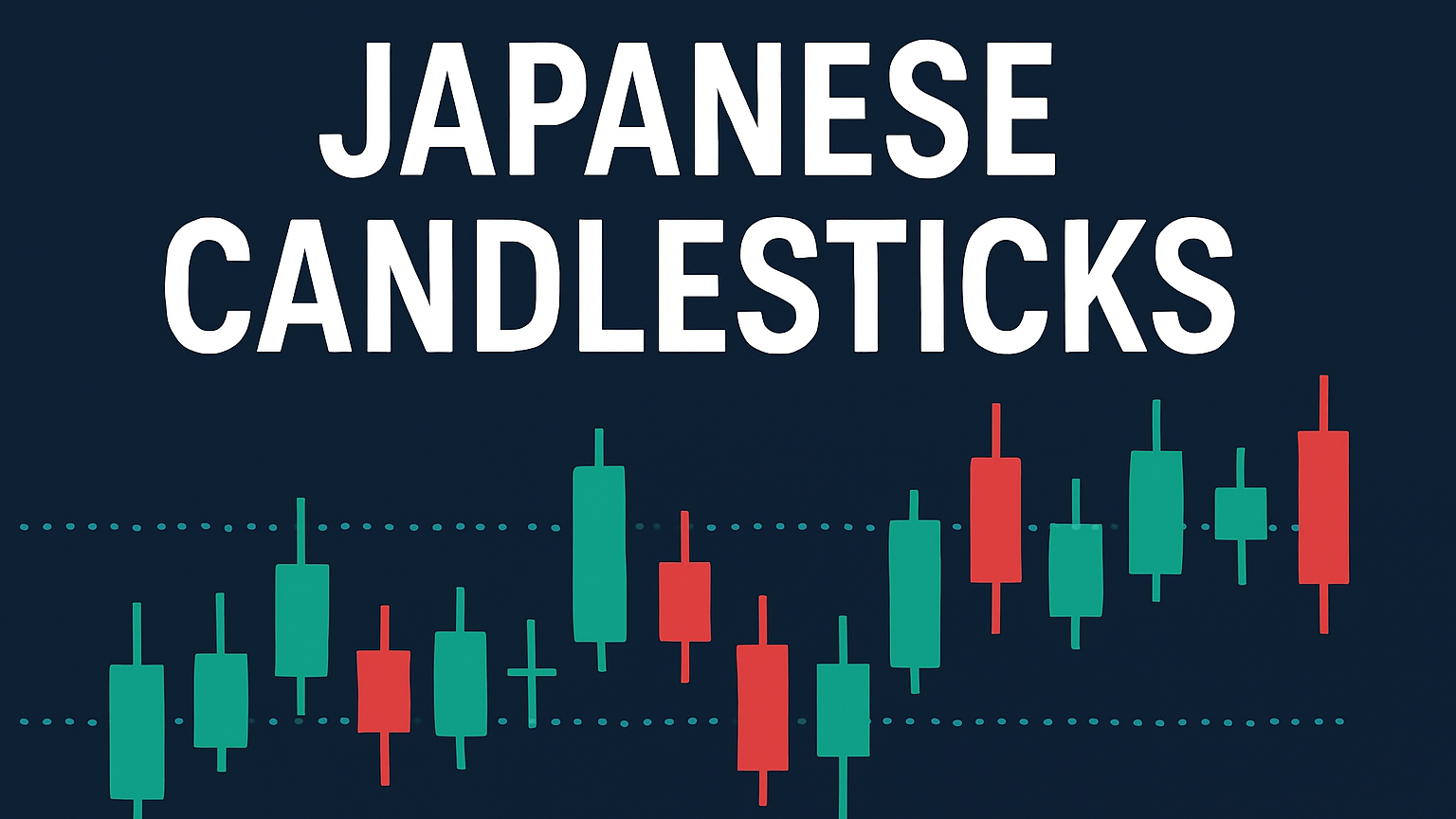Understand Renko charts for clear trend analysis in trading, focusing on significant price movements while filtering out market noise.
Renko charts focus on price changes, not time, making them ideal for spotting trends and filtering out market noise. Here's what you need to know:
-
What Are Renko Charts?
Visual charts using "bricks" to represent price movement, ignoring minor fluctuations.- Key Benefit: Clearer trend visibility by removing market noise.
-
How to Use Them:
- Choose a brick size (fixed, ATR‑based, or percentage).
- Monitor for trend reversals and support/resistance levels.
- Combine with indicators like RSI or moving averages for better trading decisions.
-
Advantages:
- Simplifies trend analysis.
- Highlights major price changes.
- Reduces false signals.
-
Limitations:
- No time or volume data.
- Delayed signals in volatile markets.
| Feature | Renko Charts | Candlestick Charts |
|---|---|---|
| Time Representation | No fixed intervals | Fixed time intervals |
| Market Noise | Minimal | High |
| Trend Clarity | High | Moderate |
| Price Details | Closing price only | Open, High, Low, Close (OHLC) |
Renko charts are best for trend‑following strategies and work well when paired with other methods for confirmation. Start by setting a brick size (e.g., 1% of the asset's price) and test on platforms like TradingView to simplify your trading process.
Building Renko Charts
Setting Brick Size
Renko charts rely heavily on the brick size you choose, as this dictates how sensitive the chart is to price changes. There are three main ways to set brick sizes:
| Method | Description | Best For |
|---|---|---|
| Traditional | Uses a fixed value | Trading a single instrument consistently |
| ATR (Average True Range) | Adjusts based on market volatility | Handling multiple assets or volatile markets |
| Percentage (LTP) | Based on the last traded price | Higher‑priced instruments |
A good starting point is setting the brick size to about 1/20th of the asset's price (e.g., $5 for a $100 stock). Picking the right brick size is key to ensuring the chart provides a clear picture of price movements.
Price vs Time Display
Renko charts work differently from traditional charts. Instead of showing price changes at regular time intervals, a new brick appears only when the price moves enough to meet the preset brick size. This method highlights meaningful price movements while ignoring smaller, less important fluctuations.
Platforms like TradingView have built‑in Renko chart options, while MetaTrader 4 requires custom indicators or plugins to use them. Ideally, Renko bricks are calculated using tick data for accuracy, but many platforms rely on OHLC data or closing values from the chart's resolution.
To use Renko charts effectively:
- Pick a calculation method: ATR‑based settings work well for adapting to volatility.
- Watch brick formation: New bricks appear only when price changes meet the set size.
- Understand the timeline: Bricks don't follow fixed intervals but still show the order of price movements.
Traders often start with larger brick sizes to capture broader trends and then fine‑tune the settings for more detailed insights.
Trading Advantages of Renko Charts
Clear Price Trends
Renko charts make spotting market trends easier by focusing only on significant price movements. Each brick reflects a meaningful price change, cutting through the noise and offering a clear view of the trend.
| Feature | Renko Charts |
|---|---|
| Trend Visibility | Clear directional bias |
| Signal Generation | Fewer but clearer signals |
"Renko charts are great for identifying trends in the market. The boxes on the chart only change when a certain price movement has occurred, so it is easy to see the direction of the trend."
This straightforward representation also helps traders easily identify key support and resistance levels.
Finding Support and Resistance
Renko charts excel at highlighting support and resistance zones. Their structured, brick‑based design creates visually clean and distinct areas where price tends to stall or reverse. This is especially helpful in volatile markets, where traditional charts can often appear cluttered or confusing.
For example, TradingView's January 2024 analysis showed how pairing Renko charts with Donchian channels can effectively pinpoint these zones. This combination aids traders in spotting reversals, confirming breakouts, and setting precise stop‑loss levels.
Trade Signal Clarity
Renko charts simplify trade signals by filtering out minor price fluctuations. This approach allows traders to focus on true trend reversals and breakout opportunities with more confidence.
"One major benefit of Renko charts is their ability to filter out market noise. By focusing only on significant price movements, Renko charts help you avoid the distractions caused by minor price fluctuations, making it easier to identify real trends."
As Senior Analyst Shaun Murison explains, "Renko charts as a form of price analysis lends itself to a number of common practices used in conventional price charting."
Using Renko Charts in Trading
Trading Methods with Renko
Renko charts are excellent for cutting through market noise by focusing solely on significant price movements. Their brick‑based design provides traders with clear, actionable signals. Many traders prefer setting the Renko brick size to roughly 1% of the asset's price.
| Trading Method | How It Works | Advantage |
|---|---|---|
| Trend Following | Identify consecutive bricks of the same color | Confirms clear price direction |
| Breakout Trading | Watch for changes in brick patterns | Detects early trend reversals |
| Support/Resistance | Use brick formations to mark key zones | Pinpoints entry and exit levels |
These strategies help traders maintain discipline and manage risks effectively.
Managing Risk
After identifying clear trading signals, risk management becomes crucial. Use the support and resistance levels defined by Renko bricks to place stop‑loss orders just beyond these zones. In fast‑moving markets, switching to ATR‑based Renko charts can adjust brick sizes dynamically to better reflect market volatility.
Real Trading Examples
Looking at real‑world applications can make these concepts easier to grasp. For instance, when trading EUR/CAD on a 4‑hour chart, traders using a support/resistance approach often exit positions after two opposite‑colored bricks form. This method helps capture major trends while avoiding short‑term fluctuations caused by market noise or news events.
To enhance your results, combine Renko signals with other technical tools. For example:
- Moving Averages: Confirm overall trend direction.
- RSI: Spot overbought or oversold conditions.
- Bollinger Bands: Assess market volatility.
- Parabolic SAR: Identify potential trend reversals.
Waiting for clear brick patterns is key to reducing noise and validating trends. In an uptrend, a series of bullish bricks confirms momentum, while a sequence of bearish bricks signals a continuing downtrend. This approach ensures traders focus on meaningful price action while avoiding distractions.
Drawbacks and Limits
Common Problems
Renko charts, which leave out time data, can create several challenges:
| Problem | Impact | Solution |
|---|---|---|
| Delayed Signals | Slower entry points | Use smaller brick sizes |
| Missing Price Details | Intra‑brick volatility goes unnoticed | Pair with traditional charts |
| No Volume Data | Harder to confirm trades | Add volume‑based indicators |
| False Signals | Oversimplifies movements | Cross‑check with other tools |
While these charts make trends easier to spot, they can hinder timing and obscure details. Knowing these drawbacks helps traders decide when Renko charts might not be the best choice.
When Not to Use Renko
Renko charts are ideal for trend analysis but fall short in scenarios requiring fast, precise data. They’re not recommended for:
- Scalping or short‑term strategies that demand quick reactions
- High‑volatility markets where prices change rapidly
- News‑driven trading, where immediate updates are key
- Low‑volume markets, where fewer transactions can distort the chart
In these cases, other chart types like candlesticks may be more effective.
Chart Type Comparison
| Feature | Renko | Candlestick | Impact on Trading |
|---|---|---|---|
| Time Data | None | Fixed intervals | Candlesticks are better for timing |
| Price Details | Closing price only | Open, High, Low, Close (OHLC) | Candlesticks provide more context |
| Trend Clarity | High | Moderate | Renko simplifies trend spotting |
| Market Noise | Minimal | High | Renko filters out noise effectively |
| News Response | Slower | Instant | Candlesticks handle news better |
Many traders combine Renko with other tools for better results. For instance, using moving averages can confirm trends and counter delayed signals. ATR‑based Renko charts are another option, as they adjust brick sizes to align with market volatility.
Introduction to Renko Charts: Tutorial
Conclusion
Renko charts help traders cut through market noise by focusing solely on clear, actionable trends. By highlighting significant price movements, they make it easier to spot the overall market direction.
Steps to Get Started with Renko Charts
Here’s a simple guide to begin using Renko charts effectively:
| Step | Action | Key Tip |
|---|---|---|
| Platform Setup | Open TradingView and choose the Renko option | Make sure your platform supports Renko charts |
| Brick Size | Set brick size between 0.5% to 1% for intraday trading | Adjust size based on asset volatility |
| Indicator Use | Add tools like RSI or MACD | Use these for confirmation signals |
| Risk Management | Place stop‑loss orders based on brick reversals | Wait for 2‑3 bricks to confirm trends |
| Strategy Testing | Start with the EUR/CAD 4‑hour timeframe | A good starting point for beginners |
This setup helps you combine Renko’s simplified trend identification with technical tools to refine your trading strategy. Although Renko charts excel at isolating key price movements, they work best when paired with methods that provide detailed price context.






